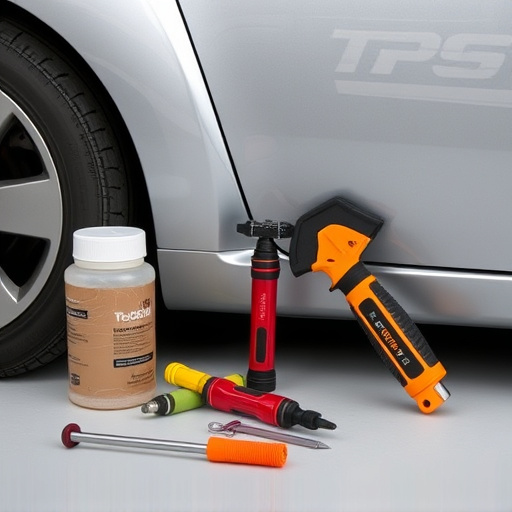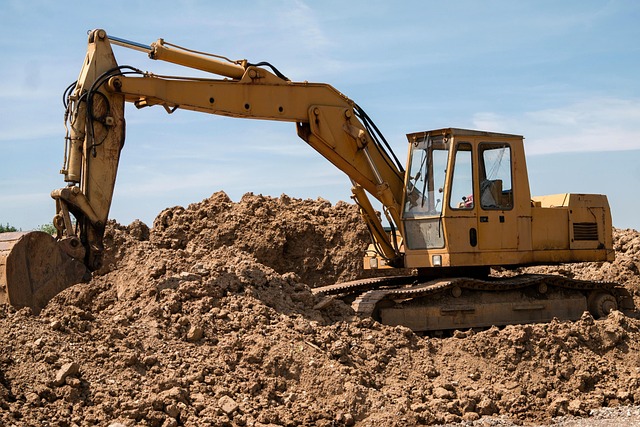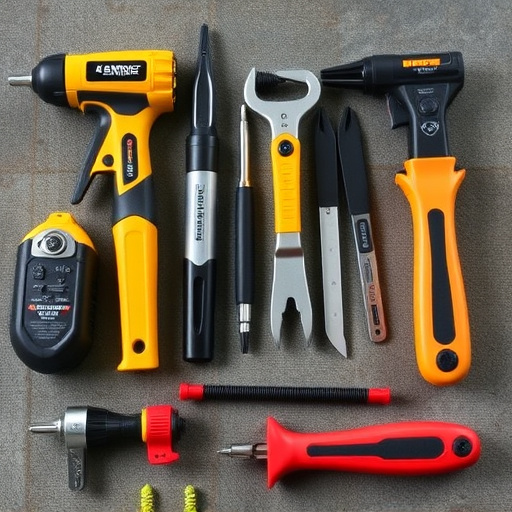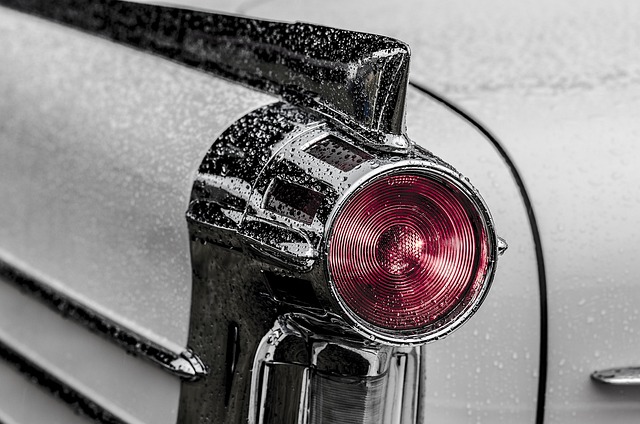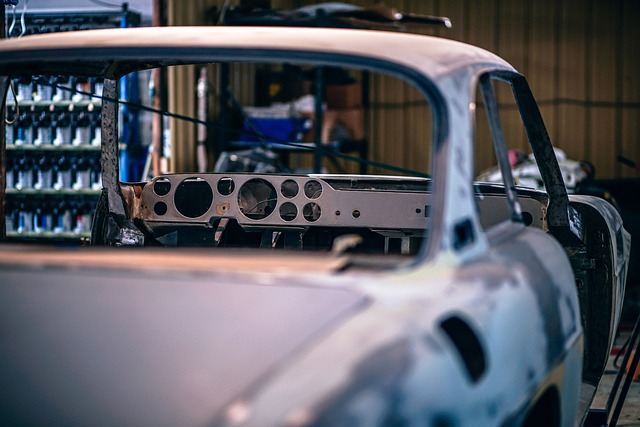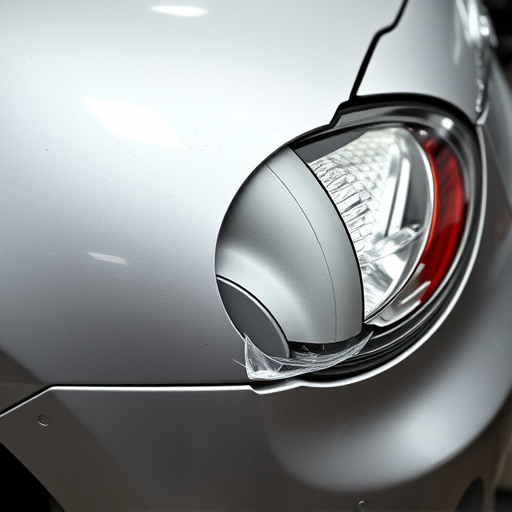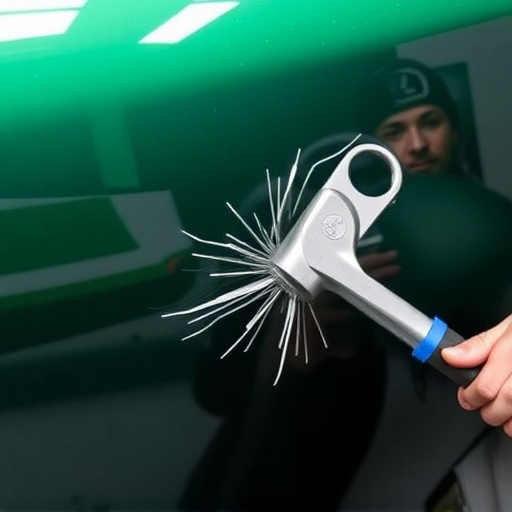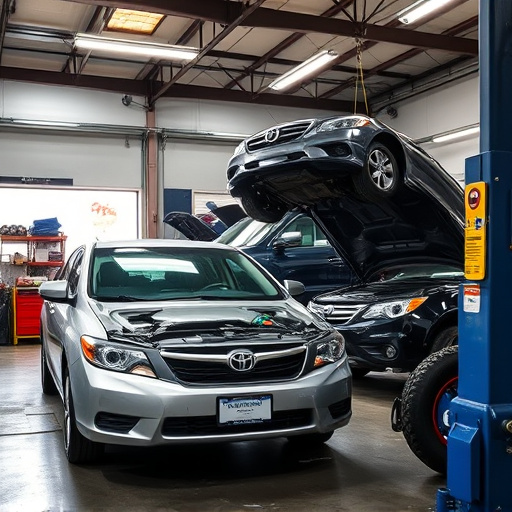Modern automotive maintenance has transformed auto body panel replacement through advanced technology. Robotic systems, digital design software (3D modeling and CAD), and robotic spray painting have enhanced precision, efficiency, and safety. Laser-guided cutting systems, CAD software, and automated crash detection systems minimize human error, reduce turnaround times, and improve paint quality, creating safer working environments and higher-quality repairs.
In the realm of automotive repair, efficient and precise auto body panel replacement is paramount. Modern workshops leverage advanced technology, transforming traditional tools with innovative designs and materials. This article delves into the latest tools used in auto body panel replacement, comparing traditional to modern options. We explore safety measures and innovations that enhance efficiency while ensuring structural integrity. Discover how these advancements are revolutionizing the industry, making auto body panel replacement faster, safer, and more accurate than ever before.
- Advanced Technology in Auto Body Panel Replacement Tools
- Traditional vs Modern Tools for Panels: A Comparison
- Safety Measures and Innovations in Auto Body Workshop Equipment
Advanced Technology in Auto Body Panel Replacement Tools

In the realm of modern automotive maintenance, advanced technology has significantly revolutionized auto body panel replacement processes. Traditional methods have been transformed with innovative tools and equipment designed to enhance precision, efficiency, and safety. One notable development is the introduction of robotic systems that streamline the replacement process, ensuring consistent and accurate installations. These robots are equipped with sophisticated sensors and cameras, enabling them to detect even the slightest deviations and make real-time adjustments during the repair.
Additionally, digital design software has become an integral part of auto body panel replacement work. Collision repair shops now utilize 3D modeling and computer-aided design (CAD) tools to create precise templates and patterns for new panels. This technology not only facilitates faster production times but also improves overall fitment accuracy, resulting in a seamless integration with the existing vehicle structure. Moreover, advanced painting techniques, such as robotic spray painting systems, ensure consistent and high-quality finishes, mirroring the original auto painting standards.
Traditional vs Modern Tools for Panels: A Comparison

In the realm of auto body panel replacement, the evolution from traditional to modern tools has brought about significant changes in efficiency and precision. Traditional methods relied heavily on manual labor and rudimentary hand tools, which, while serviceable, were time-consuming and often left room for human error. These included hammers, chisels, and various types of saws for cutting and shaping panels. In contrast, modern auto body panel replacement work is characterized by the seamless integration of advanced technologies designed to streamline processes and enhance accuracy.
Modern tools in this field encompass a wide range of innovative equipment, from laser-guided cutting systems that ensure precise and clean cuts, to computer-aided design (CAD) software that facilitates exact measurements and calculations. These advancements have revolutionized body shop services, enabling auto collision centers to offer faster turnaround times and higher-quality car paint services. By automating repetitive tasks and minimizing the margin for human error, modern tools not only boost productivity but also contribute to the overall quality of auto body panel replacement work.
Safety Measures and Innovations in Auto Body Workshop Equipment
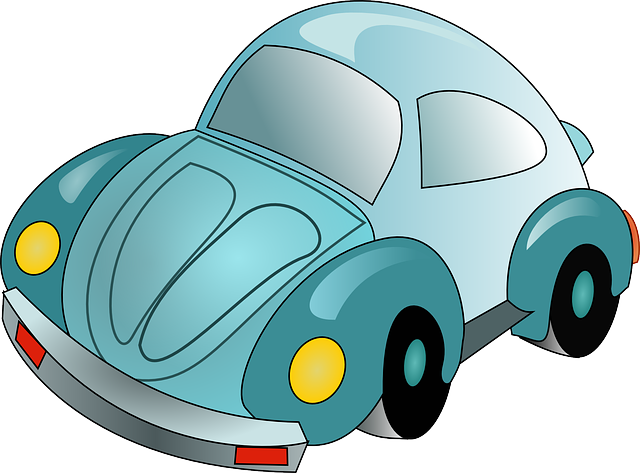
In modern auto body panel replacement work, safety has become a paramount concern, driving the innovation of advanced workshop equipment. Auto collision centers now employ sophisticated machinery designed to streamline processes while minimizing risks for both workers and vehicles. For instance, robotic welding systems offer precise, consistent results, reducing the potential for human error that can lead to structural weaknesses or unsightly finishes.
Moreover, the adoption of computer-aided design (CAD) software has revolutionized auto body repair. This technology enables technicians to accurately measure and cut panels with laser precision, ensuring exact fits and clean edges. Additionally, advanced safety features like automated crash detection systems alert mechanics to potential hazards, allowing them to take immediate protective measures. These innovations not only enhance the quality of bumper repair and car bodywork but also contribute to safer working environments in auto collision centers.
Modern auto body panel replacement work leverages advanced technology, offering significant advantages over traditional methods. The comparison highlights improved efficiency and precision with modern tools, ensuring higher-quality repairs. Additionally, safety innovations in workshop equipment prioritize the well-being of professionals, making the process more streamlined and secure. These developments not only enhance the effectiveness of auto body repair but also contribute to the overall sustainability and safety of the automotive industry.
